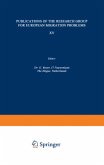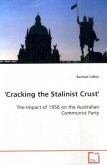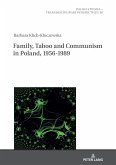On the span of European countries defeated by the Allies, Hungary s position changed according to its political relations with the Soviet Union. American public opinion, attentive to what was happening in Central Europe in the 1950s, acquired its information through the US press (both newspapers and periodicals), as well as in literature and cinema. After a brief overview of the Magyar presence in the USA from the 1848 Freedom Fighters to the Second World War, the author questions the evolution of the cultural influence of Hungary in the United States at the beginning of the Cold War. It aims at showing that a cultural explanation also exists for the non-intervention of the US military forces during the October 1956 uprising. It eventually questions the accuracy of the image of Hungary in the United States.





![Pine Needles [serial] Volume 1956 Pine Needles [serial] Volume 1956](https://bilder.buecher.de/produkte/64/64896/64896240m.jpg)

